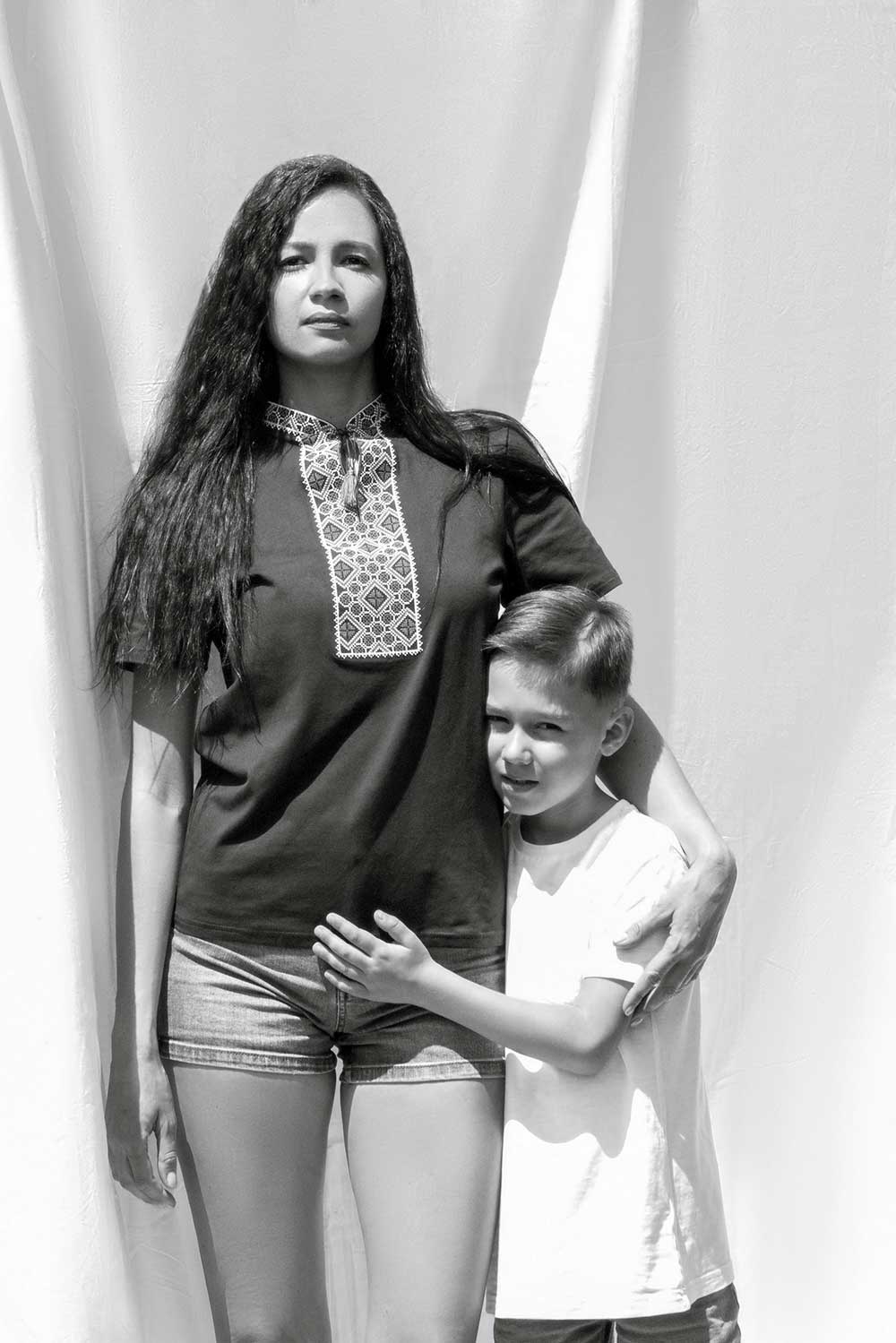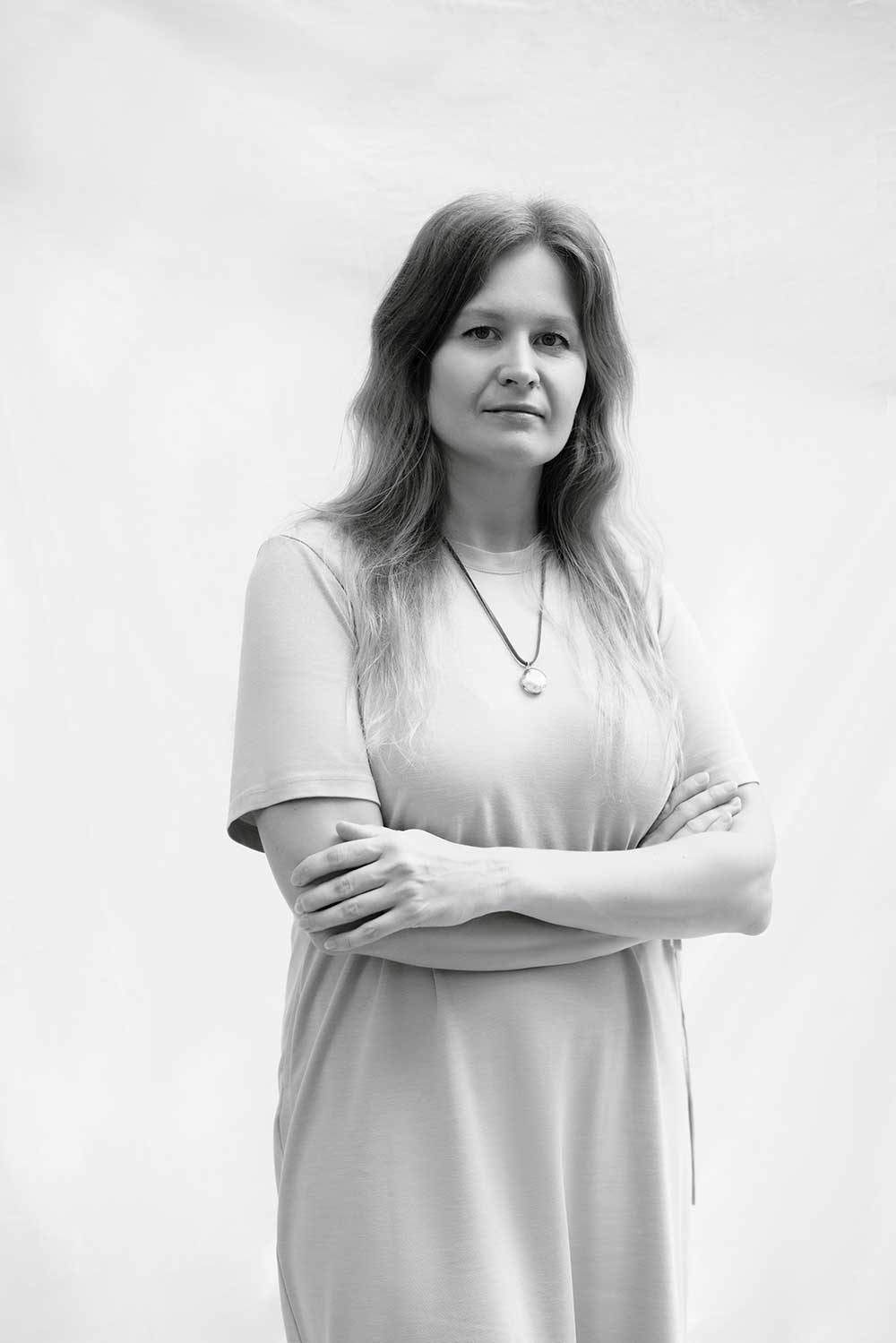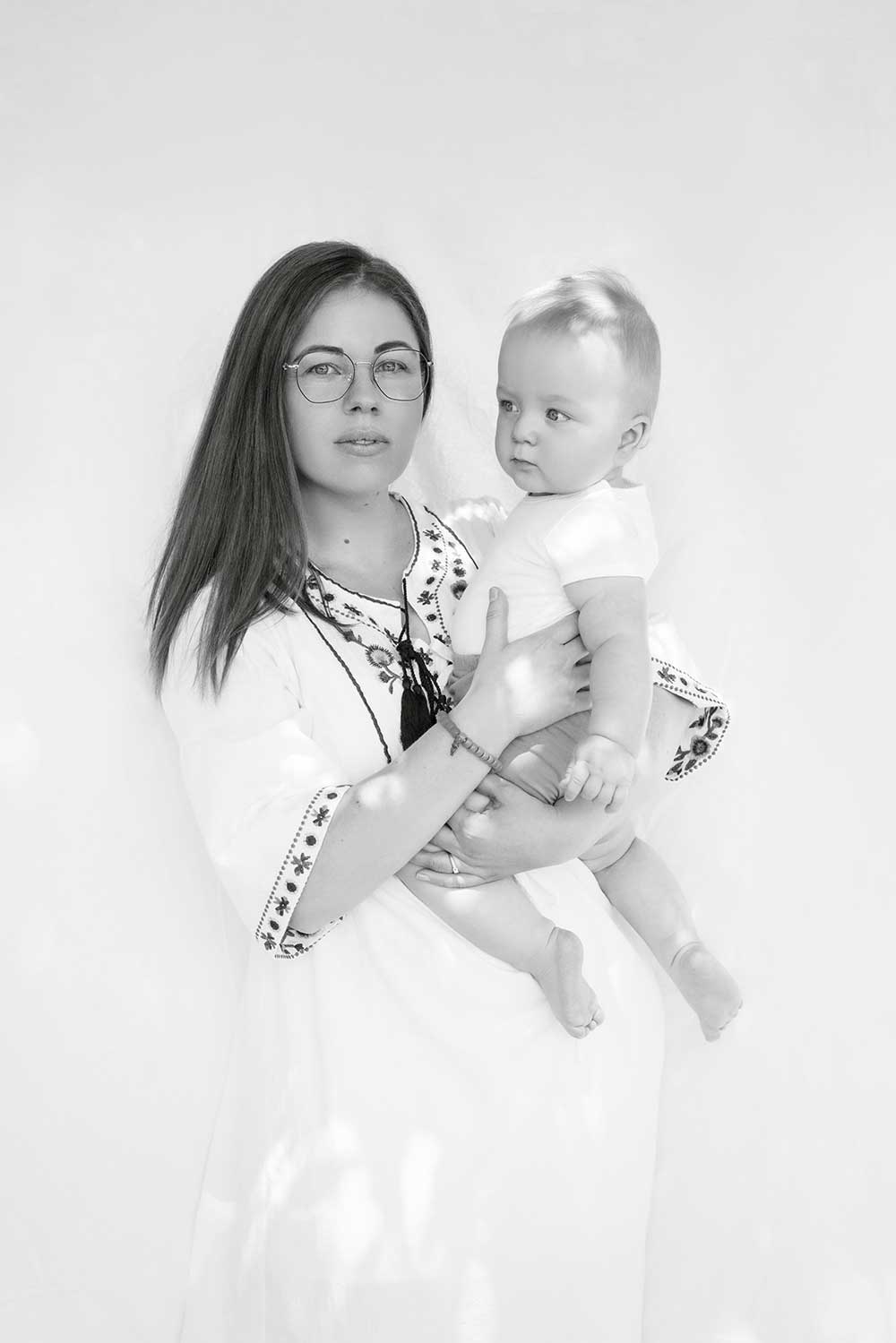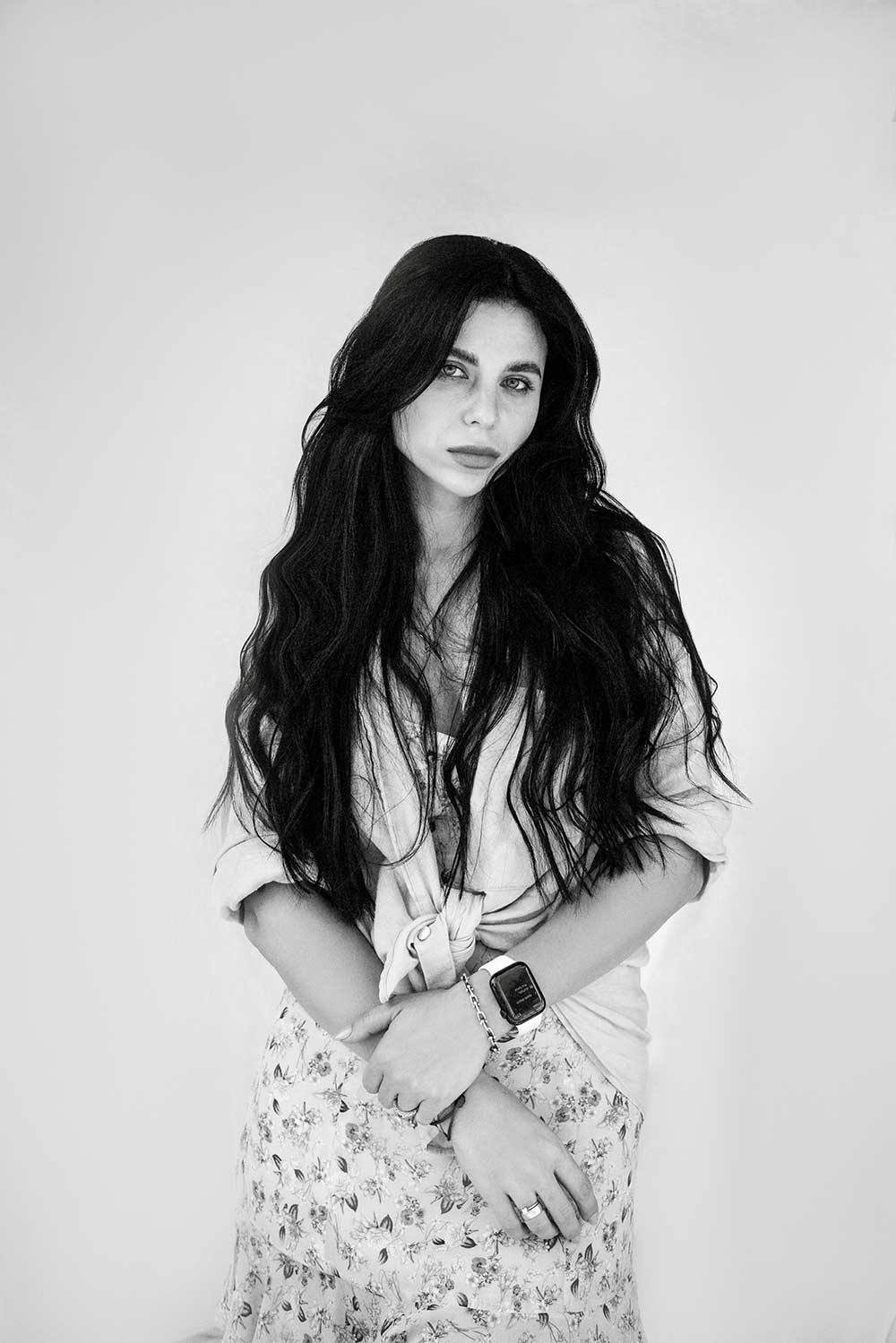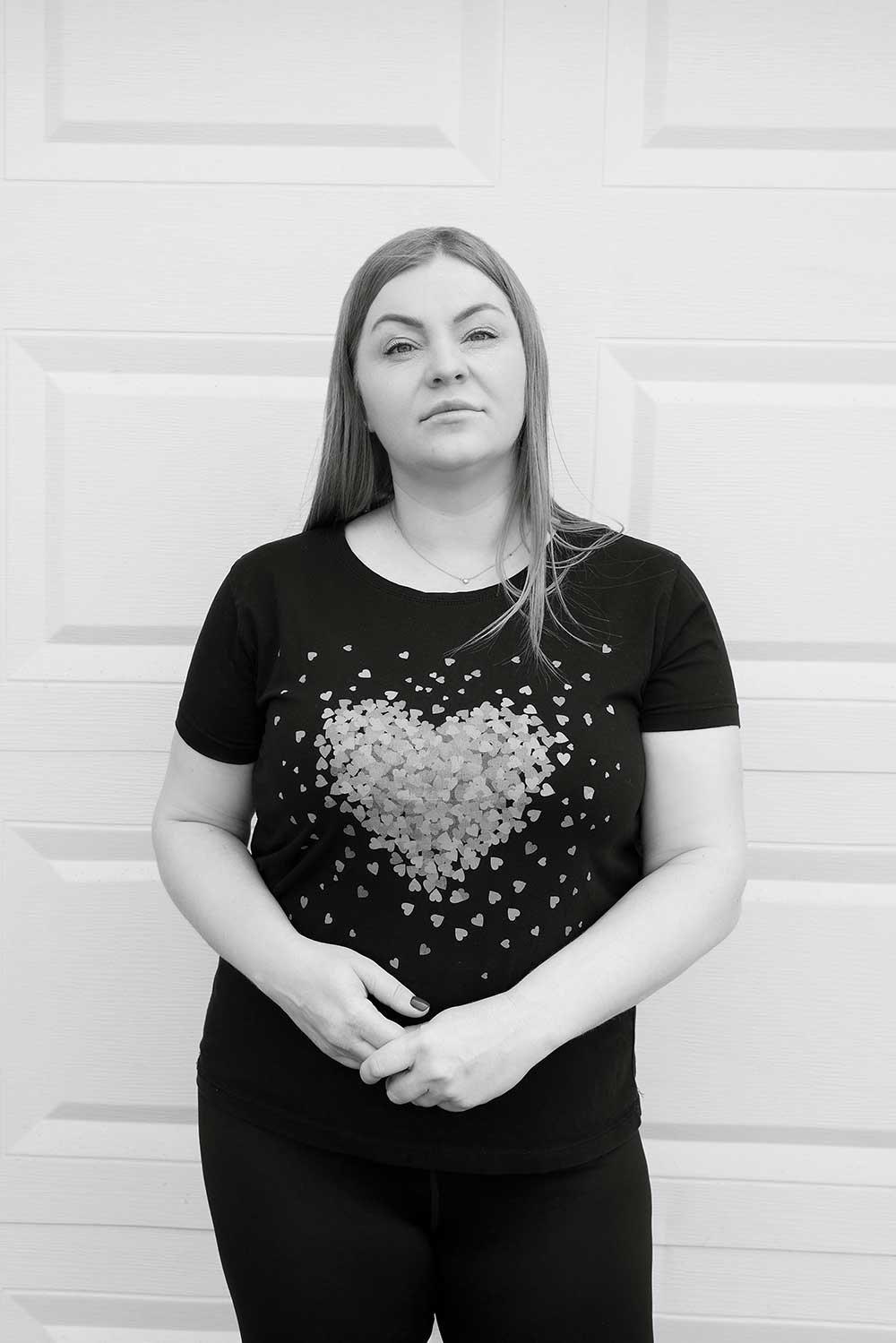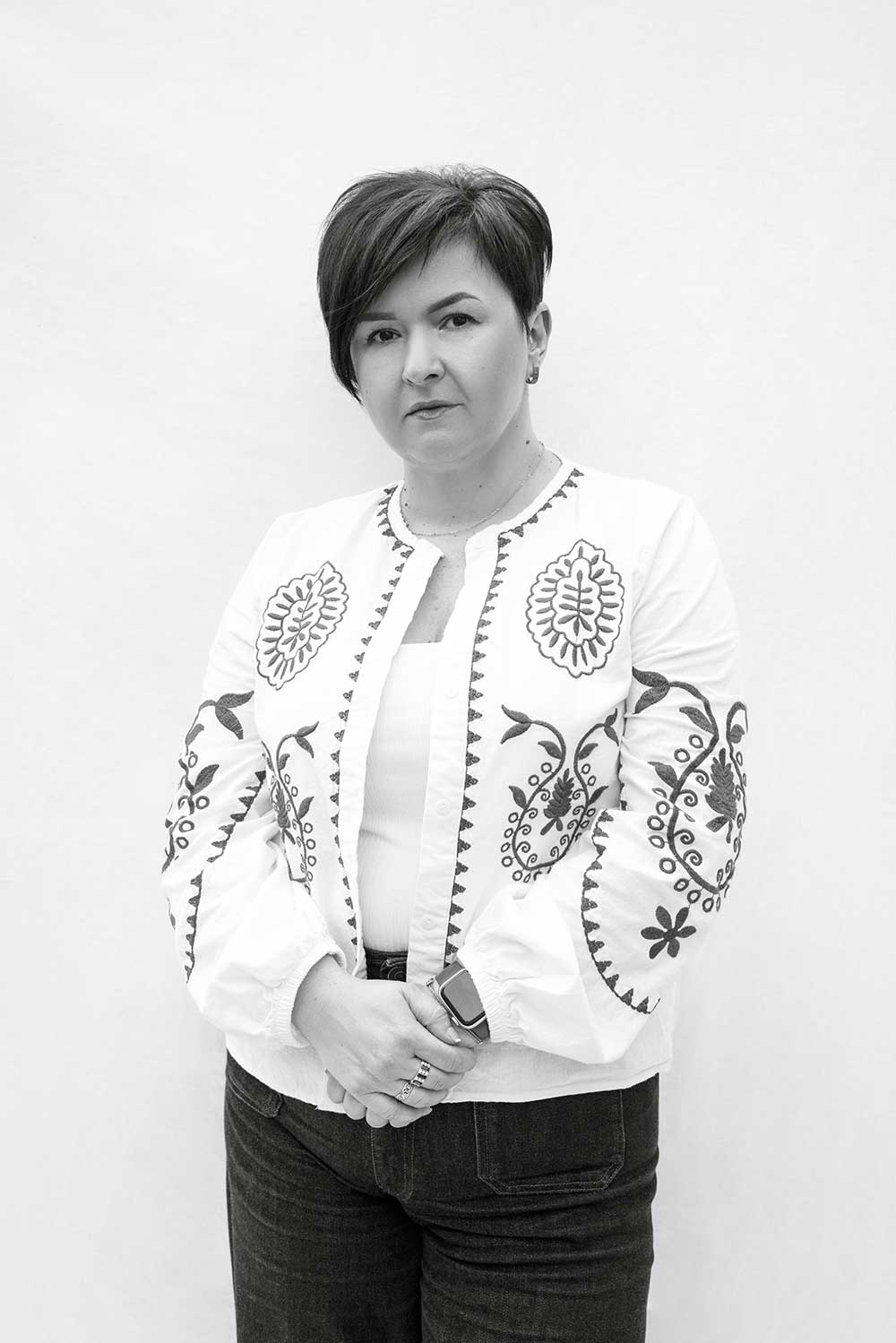This is a documentary project dedicated to the stories of 15 Ukrainian women who were forced to leave their homes due to the full-scale war in Ukraine.
The found protection and support in the United States. These are women´s voices narrating their stories intertwined with pain and loss.
The date “February, 24” will be etched in the memory of every Ukrainian forever: the whistle of rockets overhead, the cold, damp basement of a shelter, lines at the borders that lasted for days and unbearable fear for everyone in the family. This feeling of depression, despair. This day has divided all Ukrainian lives into 2 parts: «before» and «after». It is difficult to estimate the losses – the number of civilian deaths is officially measured in thousands, but it is still unknown how many people are buried in the ruins of Mariupol and other cities that have been wiped off the map, they don’t exist anymore.
This war can make people feel simultaneously despair, hate and pride. Pride for the Ukrainian people, the men and women on the front line, the Armed Forces of Ukraine, mothers who took their children abroad to save them from the war and all those who stayed at home and support the country together. Ukrainians are very grateful to people around the world, people who showed incredible humanity, those who gave shelters, helped and those people who still help women and children who have fled their homes.
«Uniting for Ukraine» program, with more than 200,000 Americans acting as sponsors. About 150,000 refugees arrived outside the program: through traditional channels and others, crossing the U.S.-Mexico border earlier.
Usually, when war breaks out, people talk more about men and their role, and contribution to the victory, while women are less likely to be mentioned. For this reason, this project solely focuses on women’s stories. The stories presented here are first-person narration. 15 women shared their own stories. The time is fleeting and many details of what these stories are about will be forgotten. That is why it is important to record it, to make sure that the voice of a strong Ukrainian woman will be heard all over the world.
Each story is full of pain and grief. But these are also stories about love and its mission to save your loved ones and help your neighbors no matter what. Some Ukrainians felt this bloody, terrible war entered their homes in 2014, when the enemy occupied Crimea and some parts of Donbas. For others, February, 24th, was the day that has destroyed their happy lives. Moreover, there are Ukrainians who have had their doors ‘knocked” twice.
Like, for example, citizens of Mariupol. Nine years ago, the Ukrainian Armed Forces liberated the city from the enemy and pushed back the fort line by 20 km. After that, Mariupol had a period of development and became a «renewed showcase of the Ukrainian Donbas»: new jobs were created, universities were opened and international investors allocated tens of millions of dollars for the city’s development. Kateryna had a job she loved, her home, and her family there. She was living an absolutely happy life. But one day she found herself in hell. She was injured, and her house was mercilessly shelled with heavy weapons, but she and her young son were fighting for their lives against all odds. This is what she said:
«Around me, I saw torn human bodies with insides being everywhere, burnt-out cars and a baby carriage. We drove up to an area full of unexploded missiles. I thought we were nearly dead and my father got out of the car, walked in front of us and cleared the road with his bare hands.»
This is an example of great courage and self-sacrifice. Fortunately, Kateryna and her family managed to escape from hell. Now, she is in the United States. And later I will speak separately about those who showed humanity and helped our Ukrainians in their tough time. Unfortunately, however, many people and even children, did not manage to escape during the war. According to official information, 484 children died in Ukraine. One can only imagine what a mother feels when her child is in danger. Another interviewee, Alisa from Zaporizhzhia, says:
«We were all standing in the field. Something could happen to us at any moment, there was a missile threat. Then we wrote our data on our hands with markers: names, phone numbers, dates of birth, blood types. We thought that if we were torn to pieces, at least somebody could identify the bodies. Imagine me watching my child writing her data on the body with a marker in case she was killed. I will never forgive that.»
This war is crippling people not only with weapons, but also with powerful toxic propaganda. Russian media show people a distorted reality. Because of this, family relationships and numerous families have been destroyed. The story of Tetiana from Kharkiv showed us that you can hide from Russian missiles, but treat it differently. Although they live in Ukraine, Tatiana’s father and mother are lost in Russian propaganda and expect things to get better after Russia captures Kharkiv. This is what the woman told me about her parents:
«My father and I have had problematic relationship since 2014. Back then, he used to say about the situation in Donbas that “everything is not so clear”. When Russia came to our homes with the war fire for the second time, I thought he would understand everything because he saw everything with his own eyes. However, he still believes that «Russia is able to restore order here.» I’m sad that my parents still don’t realize that Russia is destroying our country and has no sympathy for Ukrainians who suffer from terror every day.»
It is important not to forget that the war caused the largest migration crisis since World War II. Millions of people became refugees. The Ukrainian women I spoke to had to leave with only one suitcase in their hands. Women were going to foreign countries where they did not know the language and culture, where they mostly had no friends and relatives. Snizhana was among these people. I met her here in the United States. She arrived in America 8 months pregnant. Snizhana moved here because she had a relative here who helped her after the birth of a baby. This is what Snizhana told me:
«After giving birth, I became terribly depressed. My body hurt. I didn’t know what to do with it. It was difficult for me to accept the new reality: my family was in Ukraine, where there is a war, and I was with my newborn thousands of kilometers away from them. I found out that I had a «survivor’s syndrome» – I felt guilty because I could escape from the war, unlike my family. This state of my mind lasted for quite a long time period»
Each of the women described how being abroad, they were drowning in feelings ranging from confusion to guilt; how they were continuously waiting for comeback. A lot of kind words women said about people who helped them: both foreigners and Ukrainians who had moved abroad even earlier. These people have a huge kind heart and we need to talk out loud about it. Thanks to those who helped, many families were rescued, found their place in a new country and today they start to live their lives from the beginning: Elvira from Crimea is already a teacher at an American university, Snizhana from Odessa has started producing candles and sells them in Texas, Florida and Indiana, Alisa from Zaporizhzhia plans to be a realtor and sell apartments in Miami and Kateryna from Mariupol has already made great progress in learning English.
Every day, with the support of the United States and European partners, brave Ukrainians stand tall, fearlessly defending their homeland from relentless Russian aggression. Their unwavering spirit and courage serve as a source of hope and inspiration for the world. Despite enormous challenges and difficulties, the Ukrainian people remain strong in their determination to defend their independence and preserve their freedom.
The unity and determination demonstrated by the Ukrainian people in the face of adversity have earned the admiration and respect from of the world community. Ukraine’s bold stance against aggression inspires nations worldwide to stand in solidarity with them and support their quest for peace and stability.
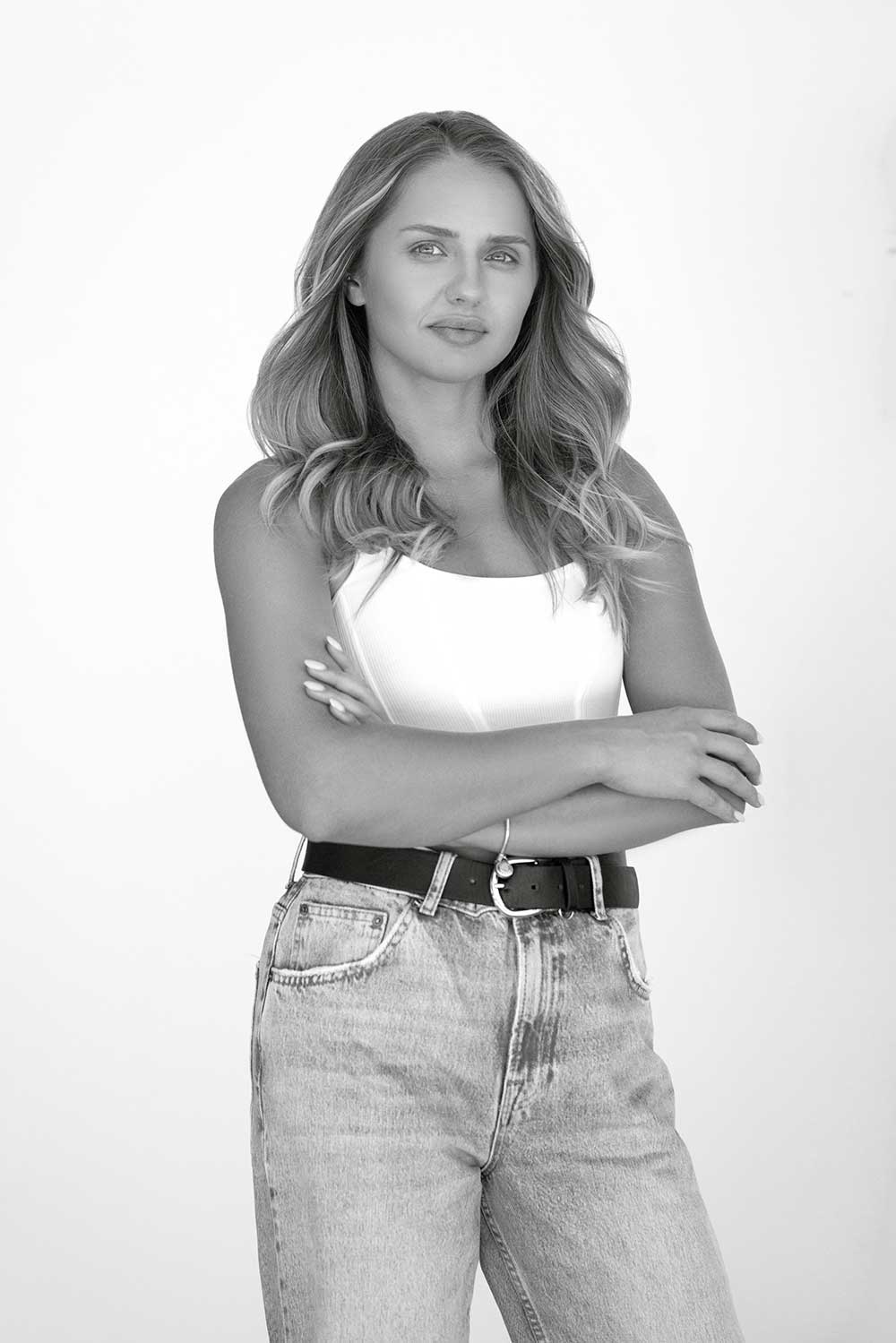
These women are examples of resilience and courage. They were able to find a way out of a terrible situation, manage everything and start a new life. But also each of them dreams of coming back to their peaceful home country. Although not all of them still have their homes, a lot of them have been destroyed in this war.
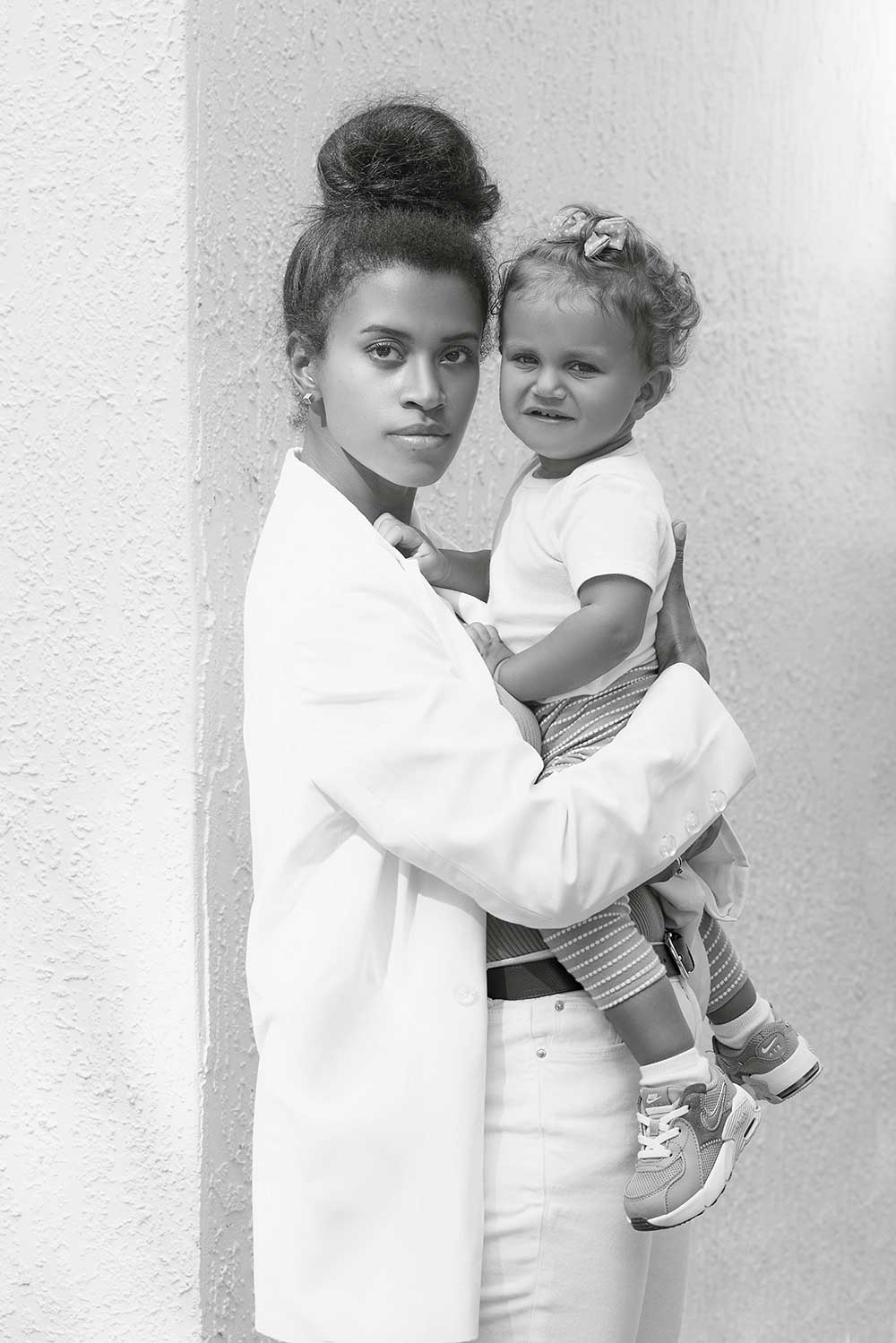
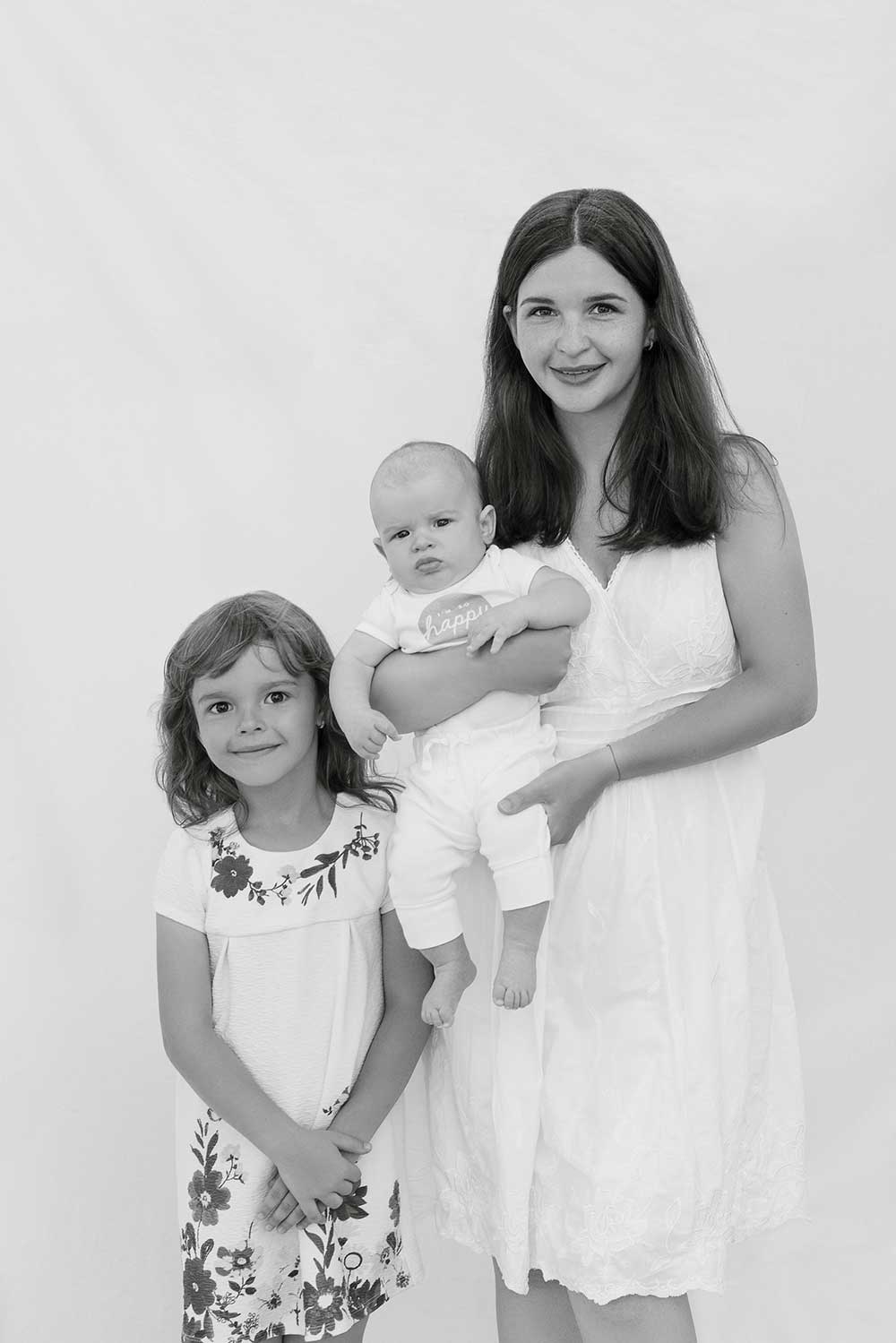
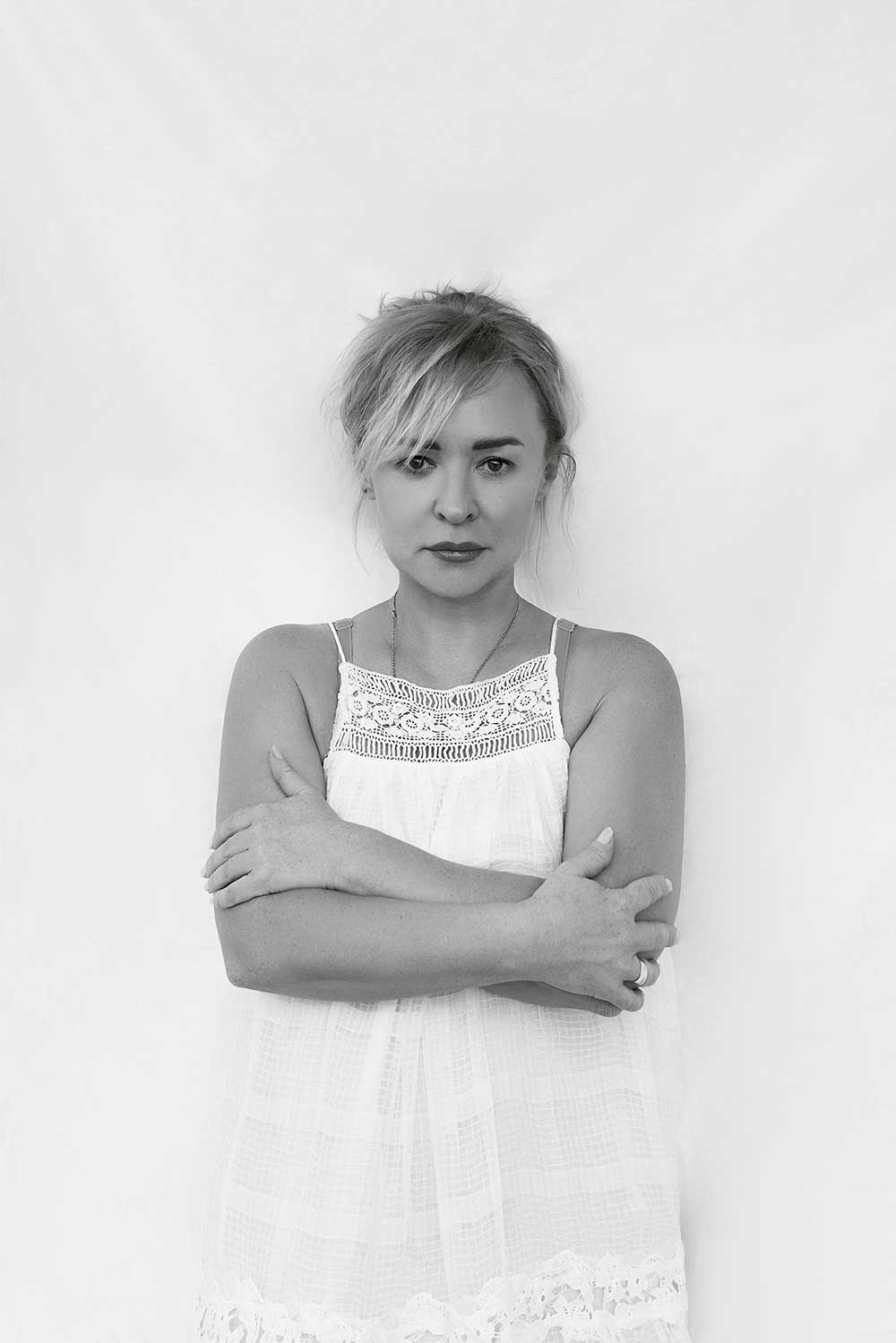
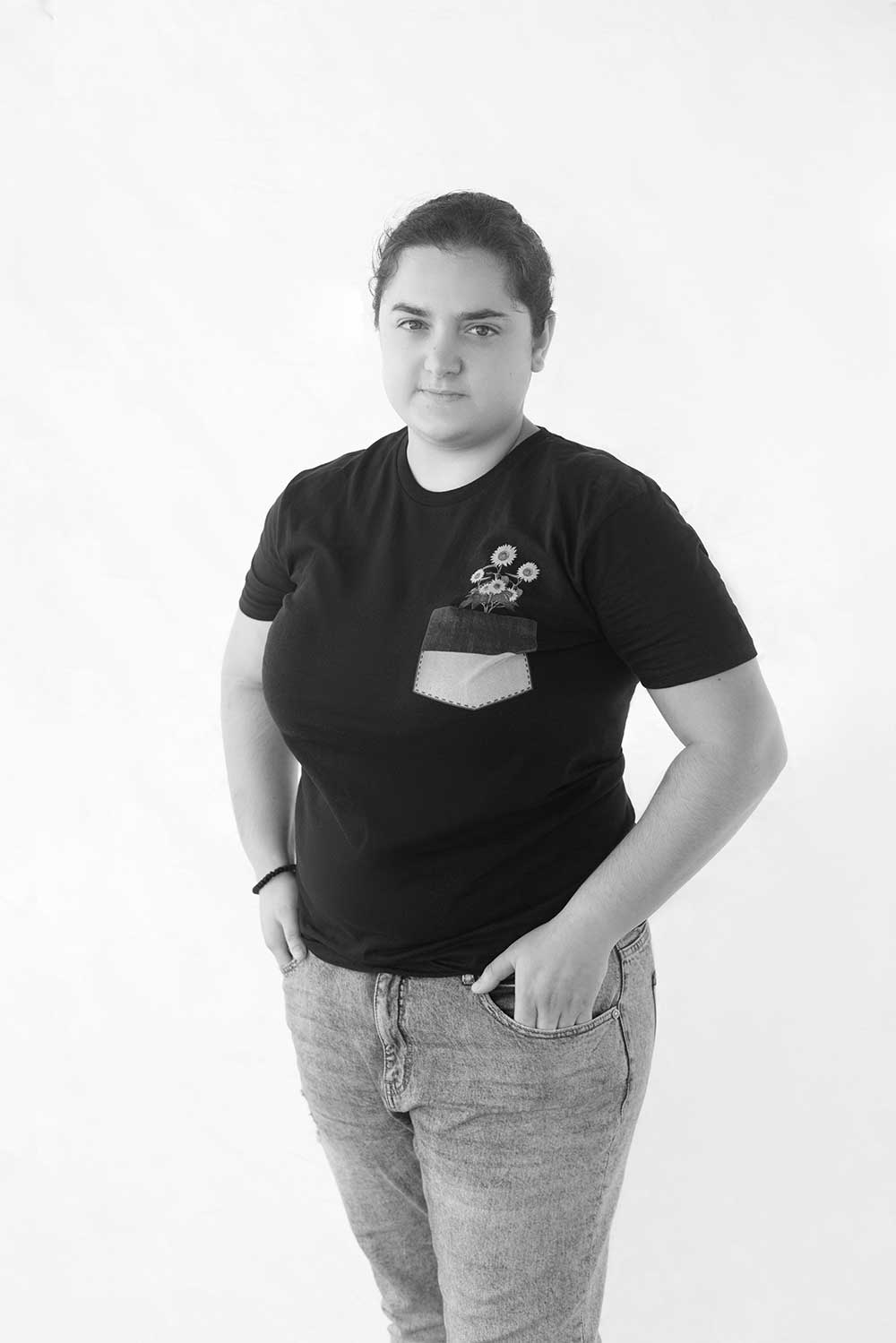
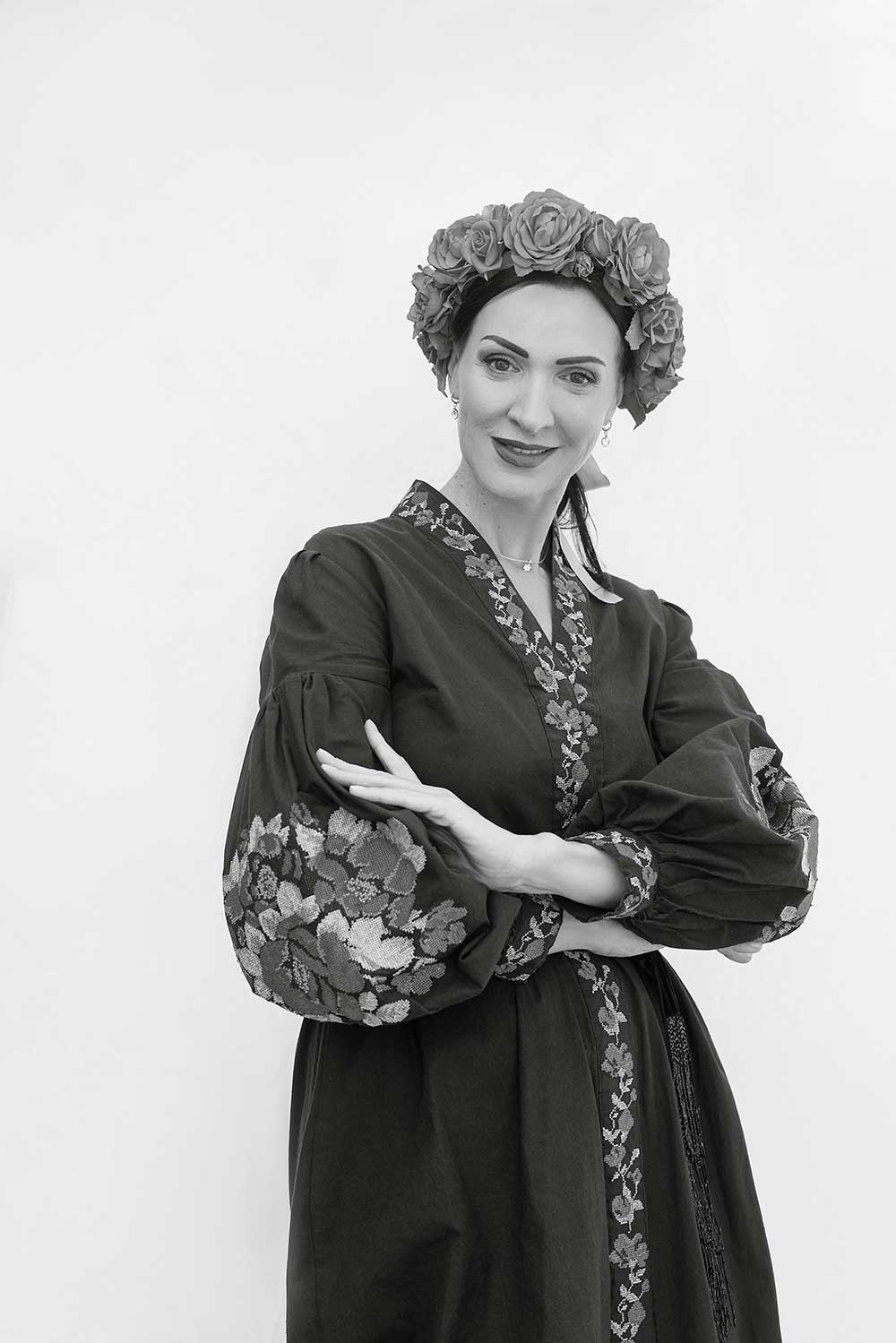
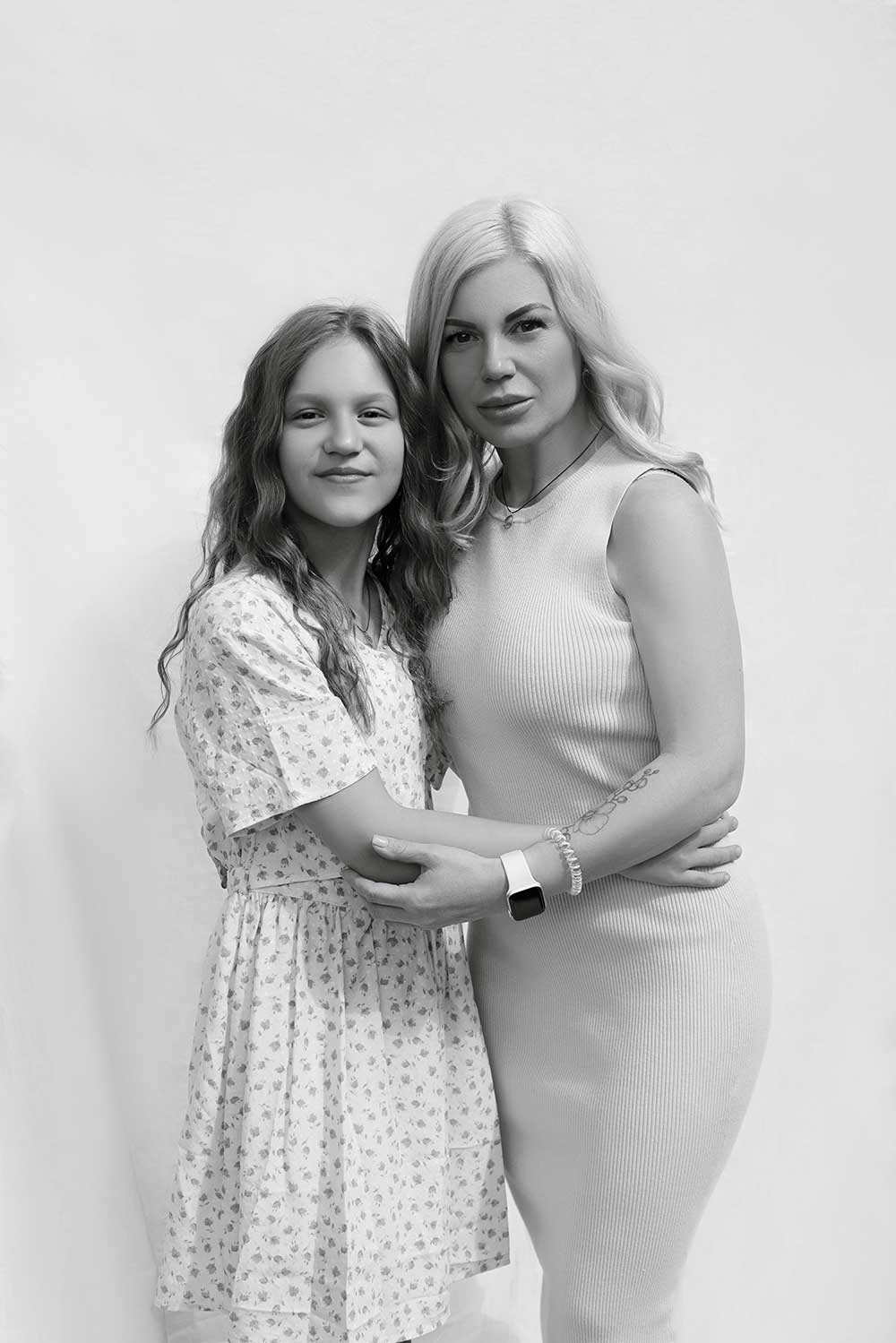
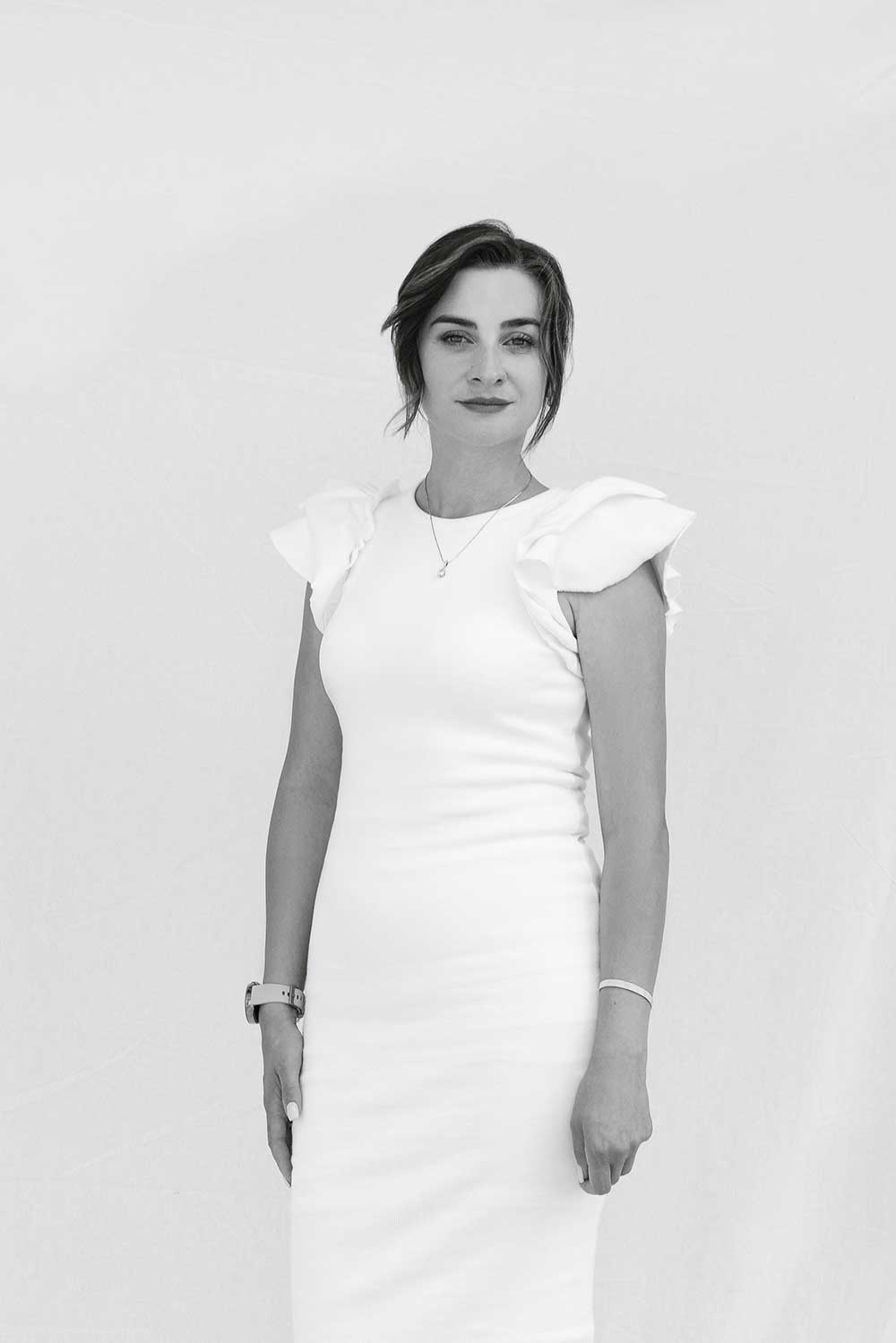
According to the Department of Homeland Security, over 271,000 Ukrainian refugees have been admitted to the United States since the Russian invasion began.
About Katrine Moite




